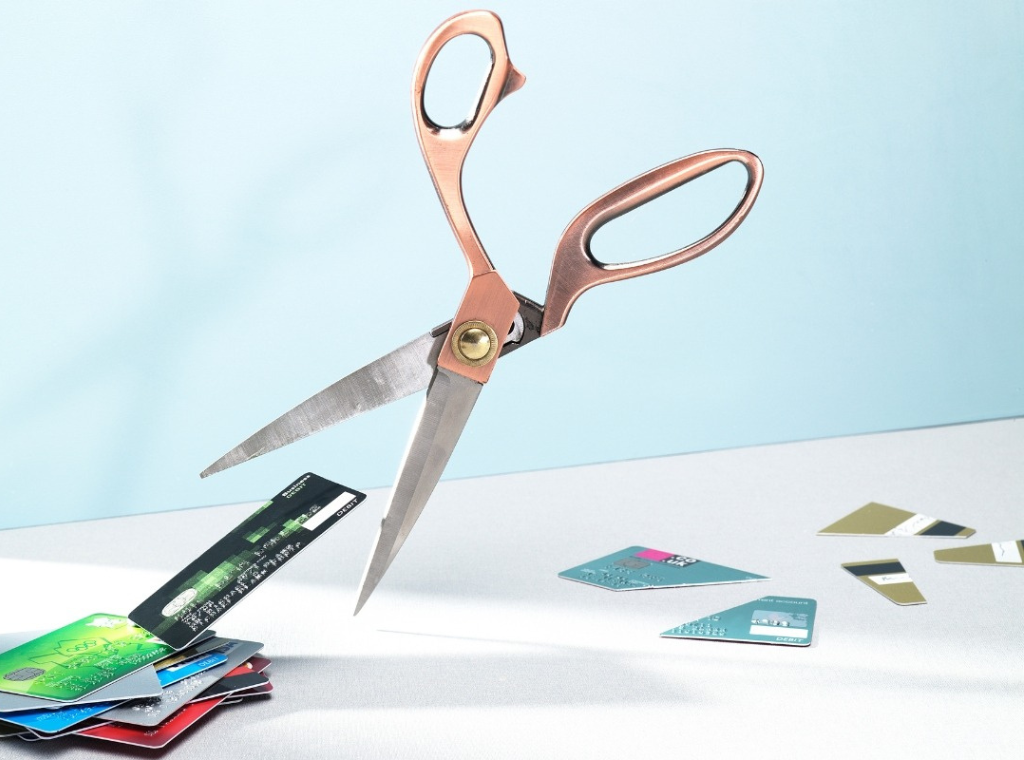In a world driven by consumerism, where advertisements constantly encourage us to buy more, resisting unnecessary purchases can feel like a rebellious act. The No-Buy Challenge is gaining traction in 2025 as individuals seek financial stability, debt relief, and a more intentional lifestyle. Whether it’s a No-Buy Year, No-Buy Month, or even a No-Buy Week, the goal remains the same: cut down on non-essential spending and develop healthier financial habits.
What Is the No-Buy Challenge?
The No-Buy Challenge is a personal commitment to stop spending on anything that isn’t essential. Essentials typically include rent, groceries, utilities, and necessary healthcare. However, impulse purchases, fast fashion, luxury items, dining out, and entertainment subscriptions are put on hold.
While the challenge can last for any duration, the No-Buy Year is the most popular among individuals looking for a long-term financial reset. Some people also choose a Low-Buy Year, where they allow occasional non-essential purchases within strict limits.
Why Are People Embracing the No-Buy Challenge in 2025?
The reasons vary, but some common motivations include:
Saving Money – Cutting back on non-essentials can lead to substantial savings.
Paying Off Debt – Many use the challenge to eliminate credit card debt or student loans.
Reducing Impulse Spending – It helps break the cycle of emotional or mindless shopping.
Decluttering and Minimalism – By avoiding new purchases, people appreciate what they already have.
Environmental Benefits – Reduced consumption means less waste and a lower carbon footprint.
Mindful Spending Habits – It encourages thoughtful decision-making about money.
How to Start a No-Buy Challenge
1. Define Your Rules
Decide what’s off-limits and what remains essential. Create a list of “Needs vs. Wants” to guide your spending.
Example of Essential Expenses:
- Rent/Mortgage
- Utilities (electricity, water, internet)
- Groceries and household essentials
- Transportation costs
- Healthcare expenses
Example of Non-Essential Expenses to Avoid:
- New clothing or accessories
- Eating out and takeaways
- Subscription services (Netflix, Spotify, etc.)
- Electronics and gadgets
- Beauty products (unless replacing a necessity)
2. Set a Timeframe
Start with a manageable goal: a week, a month, or a year. If a year feels overwhelming, a 90-day No-Buy Challenge can be a great starting point.
3. Identify Triggers
Understanding why you shop can help prevent unnecessary purchases. Are you shopping out of boredom, stress, or habit? Finding alternatives like reading, exercising, or journaling can help replace these triggers.
4. Create a Budget and Savings Goal
Determine how much you’ll save by cutting expenses and set a goal for the saved money. Whether it’s for an emergency fund, debt repayment, or investment, having a clear purpose will keep you motivated.
5. Find Free Alternatives
Look for ways to enjoy life without spending money. Instead of dining out, try home-cooked meals. Swap gym memberships for outdoor workouts. Take advantage of free online entertainment and community events.
6. Track Your Progress
Maintain a journal or use a budgeting app to record your savings and spending habits. Seeing progress can keep you motivated.
Challenges You Might Face (and How to Overcome Them)
1.Social Pressure: Friends and family may not understand your decision. Be upfront about your goals and suggest budget-friendly alternatives like home gatherings instead of dining out.
2.Temptation to Shop: Unsubscribe from marketing emails, avoid shopping malls, and remove saved payment methods from online stores to reduce impulsive buying.
3.Feeling Deprived: Instead of focusing on what you can’t buy, shift your perspective to what you’re gaining financial stability, peace of mind, and contentment with what you already own.
4.Unexpected Expenses: If a genuine need arises (e.g., a broken laptop needed for work), allow yourself an emergency purchase while staying within reason.
The Benefits of Completing a No-Buy Challenge
By the end of the challenge, most participants experience:
- A healthier relationship with money
- Improved financial security
- Greater appreciation for existing possessions
- Less clutter and waste
- A newfound sense of freedom from consumer culture
Final Thoughts
The No-Buy Challenge is more than just a financial exercise it’s a mindset shift toward intentional living. Whether you’re looking to save money, pay off debt, or embrace minimalism, this challenge can help you regain control over your finances and spending habits.
#NoBuyChallenge #Minimalism #SaveMoney #SmartSpending #MoneyManagement #MindfulSpending #NoSpendYear #MoneyMatters #FinancialIndependence #StopConsumerism
